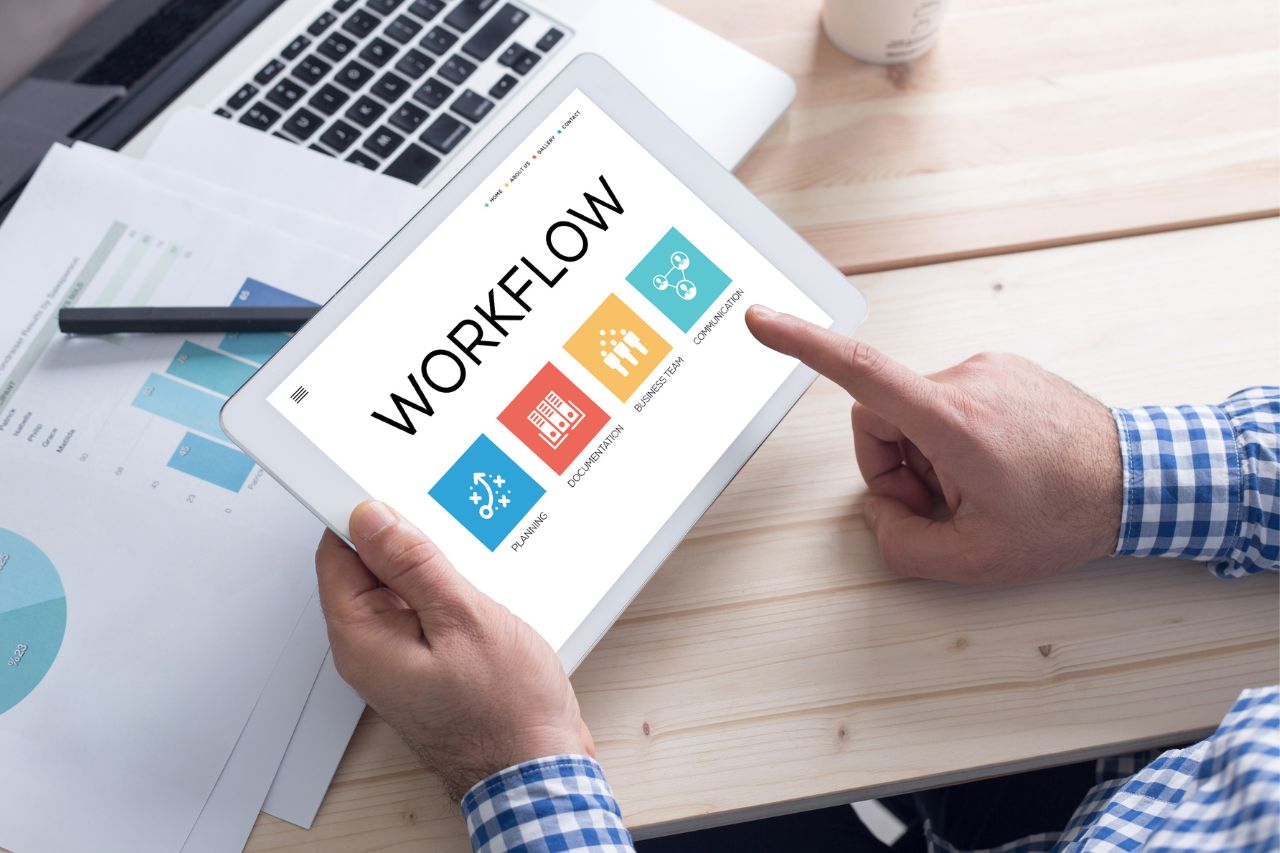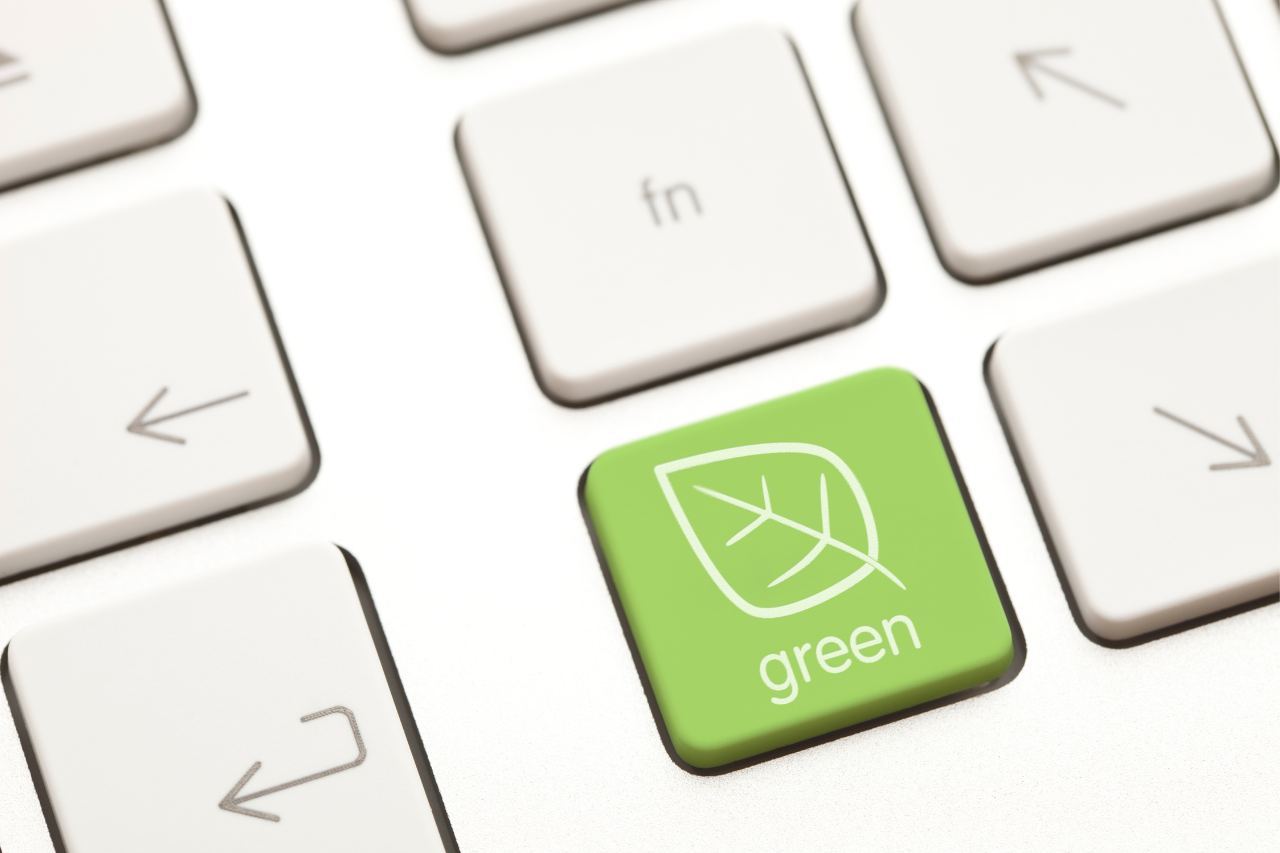A planner is a tool that can help you be more productive, organized, and efficient. It’s also a great way to stay on top of your daily tasks and sync with others who also use planners.
The best part about an online planner is that it’s easier than ever to set up, customize and manage your life. Here are some tips for getting the most out of an online planner:
Find out the basics and much more about online planners and their productivity tips in this article!
Why Use An Online Planner?

There’s no need for complex software when creating templates for recurring meetings and tasks (which we’ll discuss later). All you need is a simple online planner!
An online planner is a simple spreadsheet with some basic math skills—if those aren’t up your alley, don’t worry! Plenty of online tools make it easy for even beginners who aren’t computer-savvy!
For example, if you want to add a title as well as which days on which you would be meeting with clients/following up on projects/etc., then add their contact information underneath each row so they could reach you quickly via email address or phone number depending on how much contact info they wanted to be included.
Before we dig deep into the productivity tips and advantages of the Online Planner App, let’s take a sneak peek into what you should expect:
- An online planner is the most efficient way to manage daily tasks, coordinate schedules with others, and hit productivity goals.
- Online planners are essential for anyone who needs a place to keep track of their busy schedule.
- They also make it easy for you to keep track of all the details in one place so that everything is at hand when needed.
- An online planner can help you organize your appointments, meetings, and events by creating special categories that correspond with each other based on their purpose (e.g., “Meeting”).
- An online planner will help you stay organized by giving you access to everything without the clutter!
Excited to explore more already? Let’s explore more outstanding advantages of an online planner app!
1: It Helps You Stay Organized

You can use different folders to organize your tasks, tags to organize the same task, or color coding for each category. You can also create a calendar view with labels or checkboxes to see all charges due in one day.
Setting up categories for work and home tasks can help make your life easier by ensuring that everything stays organized in one place instead of scattered throughout your home or office space (or, worse yet—in different areas). To set up these categories:
- Create new folders on your desktop or in Google Drive as needed;
- Add sub-folders within each folder as required;
- Add relevant information such as monthly schedules for specific events/projects (e.g., “going away party planning”)
2: Protects Your Data

You’re not limited to using the planner on a specific device and only in the place where you purchased it.
If you want to use it at home but also travel frequently, or if you’re using an old version of Windows 10 with no touch support (which is common), there’s no problem! Your data will still be accessible through any device: phone, tablet, or computer, without needing any extra software installed.
This makes planning extremely easy—you don’t have to worry about remembering which devices are compatible with what software; just log in on whichever one suits your needs best at the time of use!
There are also plenty of ways for people who share calendars: shareable links can go directly from one person’s calendar into another person’s calendar without having to copy/paste anything over manually—and vice versa if needed (although we highly recommend keeping track of who has access).
3: A Planner Is Always On Hand

You know that carrying your planner is a hassle as a busy person. You can’t easily access it whenever and wherever you need it, and if you lose it, that would be devastating!
With an online planner, however, all these issues are solved. You can access your planner from any device or location with internet access; the information will always be there for you when needed.
And because there are many different ways in which planners work (like using templates or customizing them), even if something happens like losing all of your data on one device before updating everything else again later on (and don’t worry about this happening!) then there’s no need for panic as long as only one type of calendar format has been used most recently by someone else who also has access at home/work where their devices might be located throughout those times too…
4: Setting Up Your Workflow

Setting up a workflow is an important part of being productive. It’s the process by which you organize your tasks, prioritize them and assign them to different people or phases.
You can set up a workflow in two ways: by using a tool like Week Plan or by writing down your task list as it comes into your head every day and putting it in order at the end of each week.
For example: write down everything that needs doing today, followed by everything that needs doing next week, followed by anything else related to those projects but not due till later than either one of those points – then add any other ideas that occur along the way until all relevant information has been collected together on paper, so there are no surprises when its time for action!
Experts recommend both these methods; this way, we know exactly where things stand concerning completion timeframes before moving forward with specific tasks assigned accordingly.
5: Set Up Goals For The Long Term

Setting goals for the long term and milestones for the journey is a great way to ensure that you have something specific in mind. For example, if you’re planning a trip,
it’s helpful to set up reminders that will help ensure that everything goes smoothly. For instance, you could create an agenda with all of your travel dates listed on a practical online planner.
Another way is by using systemized reminders: put in place rules about how long tasks should take (e.g., 15 minutes) and when they should be completed (e.g., Monday at noon). This will help track when things need completing, so nothing gets missed out on!
6: Customize It To Your Needs

You can customize the planner to your needs and preferences. For example, you can add your categories and tasks, set reminders, repeat tasks at specific intervals (such as three times a day), or even create a calendar view.
The best part about this is that all of these things are added automatically by default. No need for any special permissions on their end; it just works!
Also, you can make the most of the built-in templates to save time! Templates are a great way to save time because they allow you to create repetitive tasks in a short amount of time.
For example, if you have an event that happens every Tuesday at 4 pm, it would be easy to add the “recurring event” template and set up reminders.
You could also use templates when creating lists or notes so that all future events are automatically added without having to edit them manually each time.
7: Easily Access Other People’s Calendars When Coordinating Meetings or Calls

If you have a team working on the same project, they must all have access to the same calendar. This way, they can easily coordinate their meetings and calls.
You can also share your calendar with others if you want them to see what you’re doing at specific times before any upcoming events or meetings. This will allow them to get involved with planning so everyone knows what’s coming next!
8: Separate Work-from-Home Schedules

Schedule all your commitments, even personal ones!
If you’re a phone addict, you use it for everything from checking your email to keeping track of appointments, tasks, and events. But when it comes to scheduling meetings or calls with other people in the organization, the online planner can be a powerful tool that saves time by helping you keep track of all your commitments at once—no more trying to remember them all individually!
This way, no matter which calendar app or software package is used on any given device (Google Calendar vs. Outlook vs. Apple iCal), they’ll sync automatically, so users don’t have to add each event into their respective programs anymore manually.
9: Be More Eco-friendly

By ditching the paper planner and going digital. One of the biggest advantages of an online planner is that you don’t have to buy or maintain paper planners.
They can get lost, damaged, and take up space. If you’re looking for a more environmentally friendly option, how about using a digital planner?
Digital planners are also easier to search and update than paper ones—and they don’t require the same amount of maintenance.
You can also reduce paper waste by using an online planner. You may think it’s just a matter of getting a digital version.
Still, there are so many different ways to make sure your digital planner is eco-friendly:
- Set up reminders on your phone or computer so you don’t forget anything important.
- This way, you won’t have to worry about forgetting something important at home—you’ll have everything right next to the monitor!
- Get reminders straight to your email inbox (or even better: text messages).
- If this sounds too big of an ask, consider setting up automated emails with specific information when certain milestones are reached each day (for example: “You’ve reached $20”).
- These can be customized depending on the type of reminders and where they go; some people might prefer more frequent updates than others!
10: Receive Reminders

Reminders are a great tool to help you stay on top of your tasks. They can be set up to remind you of events, jobs, and appointments. Get to know about more exciting reminder features once you install an online planner:
- Receive reminders on all your devices when something’s coming up, so you don’t forget anything.
- Reminders can be sent to any device, including your smartphone and computer.
- You can also set up reminders for yourself or others to stay organized with your daily schedule. For example, if an event requires additional time from you (such as working late), then setting up a reminder will ensure that it doesn’t slip through the cracks! As a result, you’ll never forget anything again!
- Calendar apps help keep track of everything from birthdays all year long; they’re perfect if something is happening every day or even just once every few months - like holidays where everyone gets together outside their homes but still wants some peace at home when they return home after touring around town together.”
Conclusion
The bottom line is that an online planner can help you get more done. For example, an effective online planner can help you organize your appointments, meetings, and events by creating special categories that correspond with each other based on their purpose (e.g., “Meeting”).
It’s a great way to manage your daily tasks, have a schedule that works with others and help you stay organized throughout the day.

More Posts
13 Roles of Time Tracking in Employee Performance Evaluations
![13 Roles of Time Tracking in Employee Performance Evaluations]() Are you tired of the same old boring performance reviews? Do you want to revolutionize your organization's performance management process? Look no further than...
17 Proven Time Management Tips for Busy Moms
Are you a mom? Congratulations! That automatically makes you a superhero! Though the cape you wear is invisible, we see and appreciate you, busy mom. You step up, get things done, and stay...
OKR Case Studies: 5 businesses who successfully Use OKRs
Before switching to OKR’s, every company has some sort of fear regarding the impact of this framework to their business. The best way to help them overcome this fear is by letting them...
Weekly Planning: How to Plan Your Week
Anxiety and stress are inevitable when you go through a whole week without planning. If you are unaware of what needs to be done, and you start working on it, the probability of...